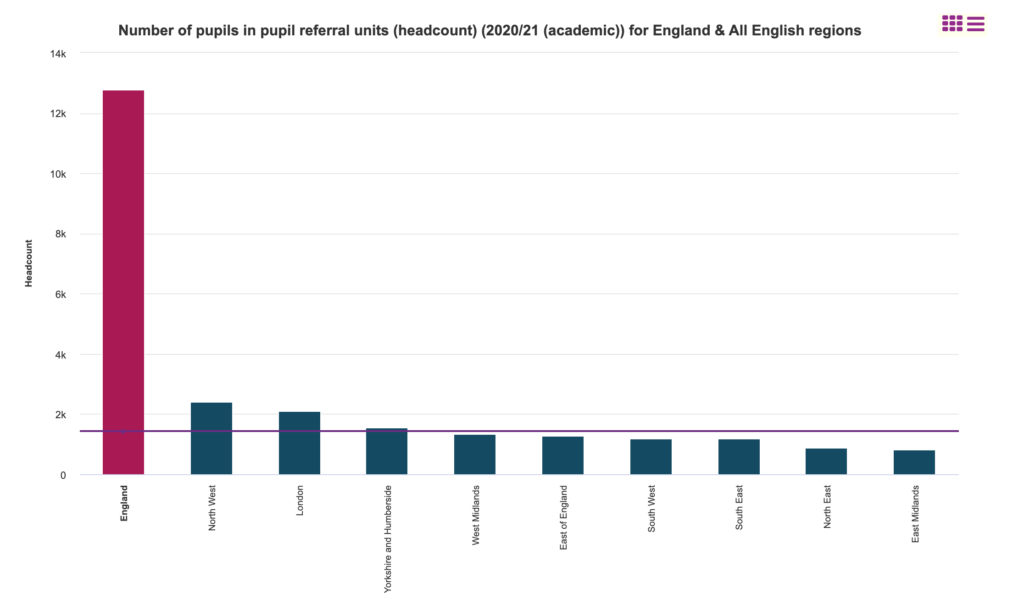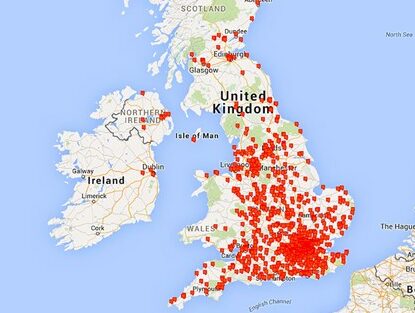Children in England are required to attend some form of suitable education between the age of five – sixteen years. There are five stages of education: early years; primary; secondary; further education (FE) and higher education (HE) (Gov.UK, n.d.). The struggle for a suitable education dominates the lives of many in the UK, with most parents having faith that a good education will enable their children to be successful later in life (Mortimore, 2013). Currently in England, there are 3,493,507 children who attend state-funded secondary schools; 569,366 in independent (fee paying) schools and 12,785 in Pupil Referral Units (PRUs) (GOV.UK, 2022a). Mortimore (2013) suggests that there are many parents who are unaware of the alternative methods of education which are available around the world. However, for many, particularly in the north of England, state school is the only option which is within many parents’ financial capabilities (Gamsu, 2019). This website aims to critically assess the overall effectiveness of the state secondary school system, in comparison to alternatives including PRU’s and Independent schools.
Georgia Kirk (199020166). (Word Count: 172).

